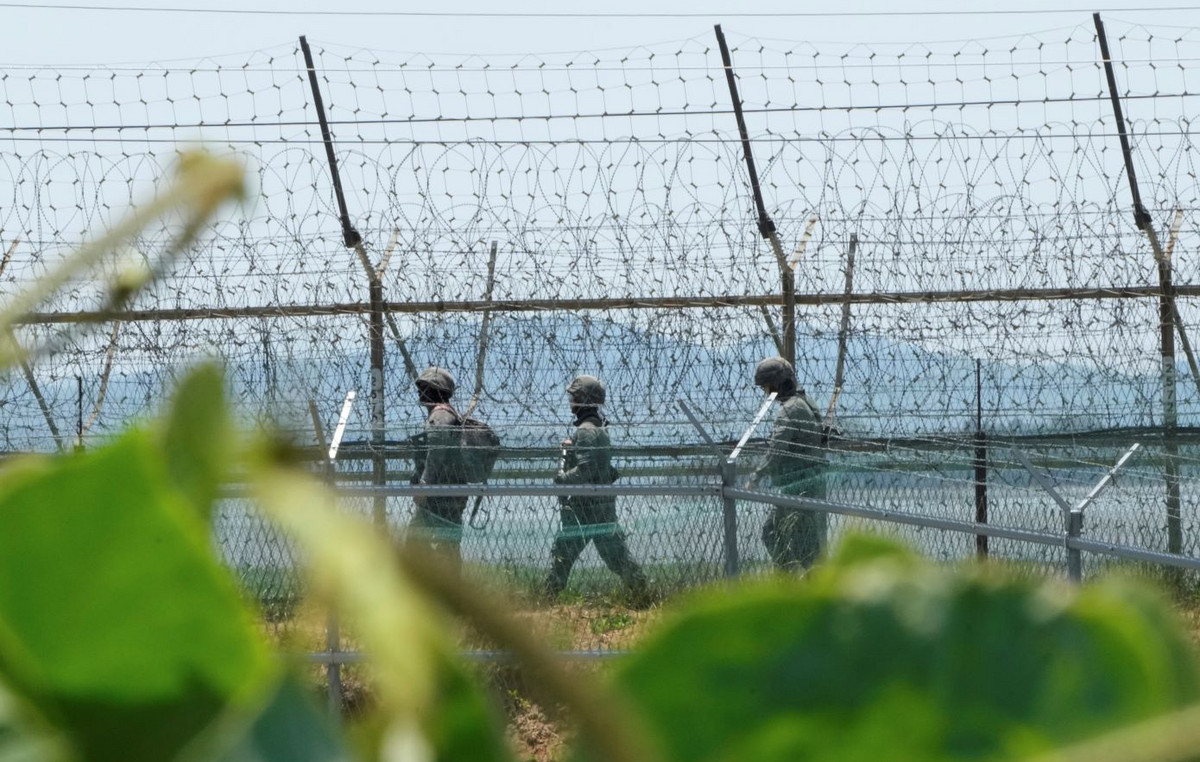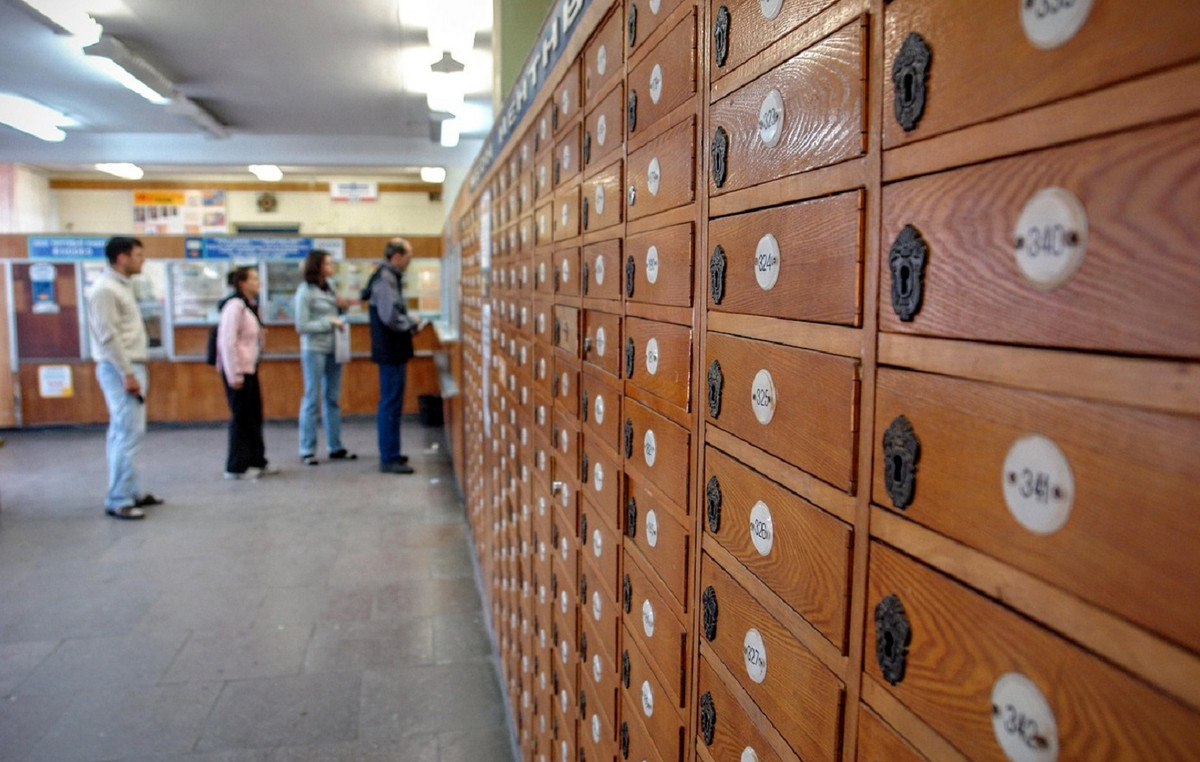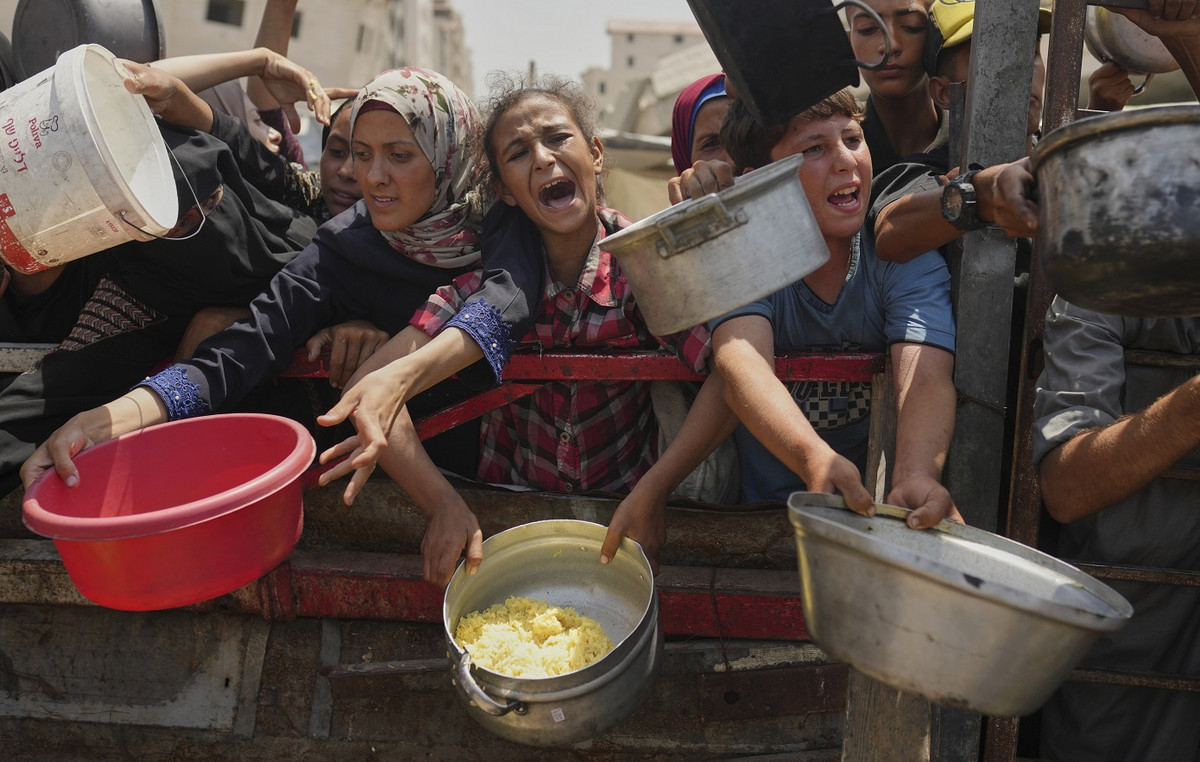There salmonellaas the Istituto Superiore di Sanità points out, is the most commonly isolated bacterial agent in foodborne infections, both sporadic and epidemic. Reported for the first time in 1886, in a case of swine fever, by the American doctor Daniel Elmer Salmon, salmonella is present in nature with more than 2000 variants (the so-called serotypes) even if the most common strains in humans and animal species are S. enteritidis And S. typhimurium.
Salmonella is the bacterium responsible for most of it food infections and toxins – also underlines Professor Fabrizio Pregliasco, virologist and Health Director of IRCCS Galeazzi in Milan – Infections are mainly due to the ingestion of contaminated food ».
As the National Institute of Health points out, infections caused by salmonella are distinguished in typhoid formsin which man represents the only reservoir of the microorganism, e non-typhoid forms, caused by the so-called minor salmonellae. It is the latter that are responsible for more than 50% of the total gastrointestinal infections and are the most frequent cause of food poisoning. There contamination of foods can occur both at time of their productionboth during the Preparation that after cooking due to improper handling of food.
So what are the foods most at risk?
“Infection can ensue from an infected animal and therefore from meat, eggs or milk but also from contact with fecal material of infected animals – explains Professor Pregliasco – in general, food at risk can be the raw eggs, sauces, meatsespecially the raw or undercooked poultrywhich is why in butchers it is mandatory to separate the white meat from the red one, but also fruits and vegetables which can be contaminated during cutting. They also fall into risky foods unpasteurized milk Besides sweets, creams and ice creams“.
Is the taste of food altered in the presence of salmonella? “No, usually food contaminated with salmonella does not show any alteration of the organoleptic characteristics – explains Professor Pregliasco – so there are no changes in taste, smell or texture as happens, for example, in the case of foods that have gone bad ».
In case of infection, how are the symptoms of salmonellosis recognized?
«They can be very different even in epidemic situations – explains the virologist – it also depends a lot from bacterial load and serotype which can be more or less virulent. In general, however, we can say that it is gastroenteritis with nausea, crampy abdominal pain and diarrhea, sometimes even bloody. It is in fact the response of the organism trying to eliminate the bacterium. In the most fragile people, this symptomatology can also lead to dehydration ».
When do symptoms appear and how is it treated?
After ingesting contaminated food, how much time passes before i symptoms salmonellosis?
“The incubation time is rather short compared to that of other infections – replies the expert – it generally goes from 12 to 72 hours”.
What is worth pointing out, however, is that, more often than not, the salmonellosis does not imply serious health consequences. “Only in very debilitated subjects can pneumonia or myocarditis occur – in fact Professor Pregliasco specifies – involving therefore due to a generalized sepsis that can also affect meninges and bones”.
In most cases the salmonella infection therefore occurs in a mild form and it clears up on its own within a few days. Treatment? «The advice is simply to take fluids to re-hydrate – explains Pregliasco – in addition to lactic ferments and probiotics“.
As for the diagnosis, however, it is not always easy to attest to salmonella infection. “You can do a coproculture or a blood culture – concludes Professor Pregliasco – but they are often not significant tests precisely because diarrhea causes the inaction of bacteria and a false negative can be obtained”.
Cases of African swine fever in Italy: from how it is transmitted to intervention measures, here’s what you need to know
Foods to watch out for if you have systemic nickel allergy syndrome
Frozen foods that promote the accumulation of abdominal fat \
Source: Vanity Fair







